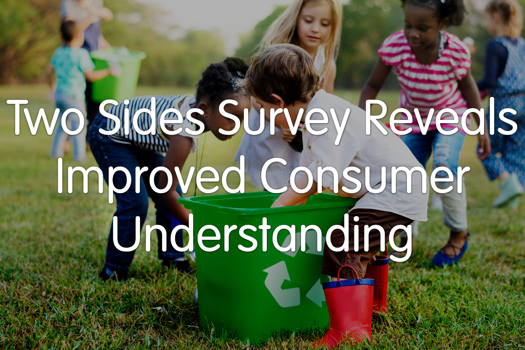Covering the period of October 2019 to September 2021 and incorporating 92 print and 86 digital brands, the figures show that 91% of British adults consume magazine media or newsbrand content each month with print, including magazines and newsbrands, commanding a monthly reach of around 31 million.
Total digital reach was 42.3 million, with phones at 36.7 million, followed by computers at 12.2 million and tablets with a reach of 7.5 million.
“Print is still pretty robust and it shows the almost ubiquitous reach of newsbrands across the population. Demand for its content has arguably never been bigger,” said PAMCo chief executive Simon Redican.
“Publishers are diversifying and finding ways to monetise their products in so many new and interesting ways and that will continue. I really believe there is a lot of life in print yet.”
PAMCo launched in April 2018 and replaced the NRS as a cross-platform measurement covering readership for newsbrands and magazines across phone, tablet, desktop and print, allowing users to look at audience delivery across all publisher platforms for the first time.
PAMCo data collection uses passive measurement techniques along with high-quality face-to-face interviews. The latest dataset, however, is a blend of data collected with a face-to-face methodology pre-Covid and a new ‘online first’ methodology and therefore can not be compared to previous PamCo data, according to Redican.
The pre-Covid sample is to be phased out after the next dataset is released in June, and data will then be based entirely on the new online-first method, he explained, with comparisons and trending only possible from September 2022. Until then, data will be labelled as PamCo Bridge data to clarify the transitional phase.
“The simple reason for the transition is that while face-to-face interviewing is really important, it is getting much harder to do in this day and age for many reasons, even before the pandemic,” explained Redican.
“It still needs human intervention to ensure the correct people are taking part or to carry out video interviews. Some people also don’t want to take part online, they prefer paper. The key is to say it is not an online-exclusive methodology,” he added.
Redican explained that during the transition period, data for individual titles was not being released to the public, although PamCo users do have access to it.
PAMCo is funded by UK national publishers represented by the News Media Association (NMA) and the Professional Publishers Association (PPA) together with the agency customer body, the Institute of Practitioners in Advertising (IPA). PAMCo also has board representation from the Incorporated Society of British Advertisers (ISBA).
NMA and PPA member publications and publishers are automatically included in the figures, though third parties can pay for subscriptions to see their own readership figures.
Redican said: “Advertisers and agencies want to know how many people they can reach. It is incredibly powerful for the print industry to be able to say they are as relevant now as they have ever been and they are hugely influential in terms of reach.
“They can say their content has never been more relevant and PAMCo data allows them to tell that story and to justify why their customers should be spending their money in print or other mediums.
“The challenge for us is to make sure that PAMCo data is in as many different systems and places as possible, so our focus is making sure it remains relevant and accessible and we are keen to get back to a regular pattern of releases with the same methodology so that people can start to compare the data again.”










